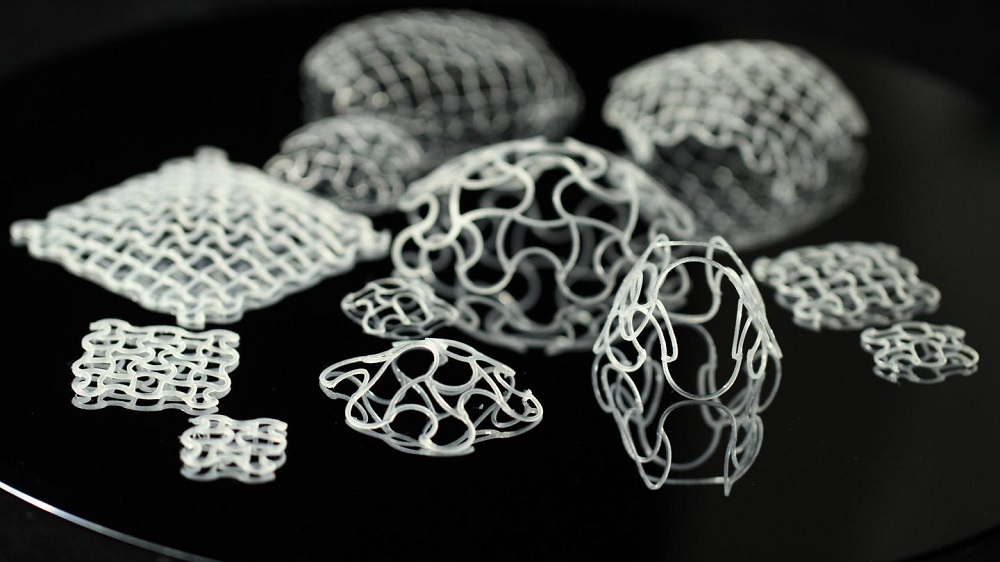A group of scientists from MIT has successfully created an active origami-like flat structure that can transform into complicated shapes and structures based on changes in the environment. Even though similar stuff has been designed in the past, the newly designed flat structures can transform into much more complicated shapes as compared to the previous ones.
After 3D printing, these 4D materials have been receiving a lot of hype. They are designed and constructed using the same manufacturing techniques but have the ability to deform over time in response to changes in the environment.
This new creation is a breakthrough in technology since these flat structures can morph into structures as complicated as a human face.
One of the mechanical engineers on the team, Wim van Rees said,
My goal was to start with a complex 3-D shape that we want to achieve, like a human face, and then ask, ‘How do we program a material so it gets there?’ That’s a problem of inverse design.
He came up with a theoretical method to convert the flat structures into more complex shapes.
The flat structure has been constructed using a mesh-like lattice instead of a continuous sheet. The lattice is designed using a rubbery material that expands in response to an increase in temperature.
Since there are gaps in the lattice, it is easier for it to adapt to changes in the surface area. The engineers use a virtual map to translate the changes to the ribs of the lattice. Every rib is designed to grow at different rates across the mesh sheet.
This is a huge breakthrough in shape-shifting materials. In the near future, similar technology can be used to improve objects and devices like telescope lenses, stents, scaffolding for artificial tissue, and soft robotics.





















